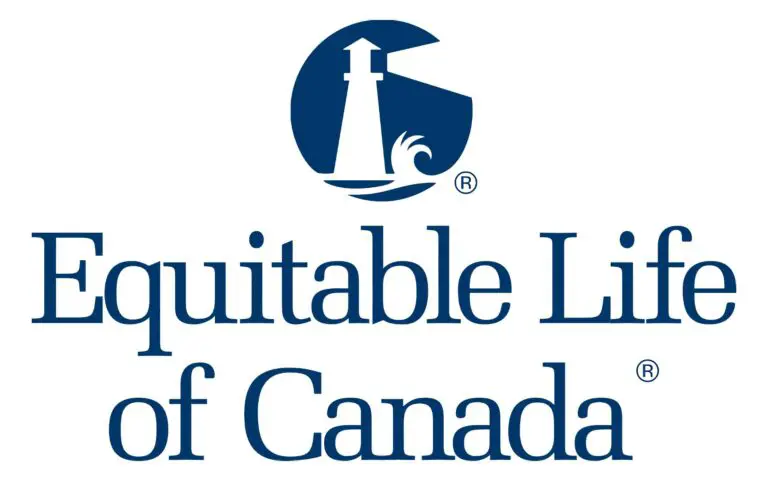Personalized Physiotherapy
Get Back to Optimal Health in Less Time through Comprehensive Care from Physiotherapists.

Customized Care Plans
Effective Pain Relief
Improved Movements
Don’t Let Pain and Limited Movement Hold You Back
It’s time to take back control of your life and free yourself from the limitations of injury, chronic pain, or post-surgery recovery.
Hear From Our Satisfied Clients
See why our patients trust us to help them achieve their goals.
Discover a Better Life with Synergy Health Centre
Reduced pain
Our team will work with you to create a personalized plan of care to help you manage your pain and achieve your goals.
A sense of empowerment
With a customized plan and expert guidance, you’ll feel in control of your health and well-being.
A team you can rely on
Our friendly and knowledgeable clinicians are always here to answer your questions and help you achieve your goals.
Improved performance in recreation or sport
Whether you’re a weekend warrior or simply enjoy staying active, we can help you perform better and avoid injury.
Improved mobility and function
With a focus on movement and activity, we’ll help you regain your mobility and improve your overall function.
A plan for the future
Our aftercare program will help you maintain your progress and keep you on track for a better future.
Physiotherapy Services: Enhance Physical Function and Alleviate Pain
Physiotherapy is a healthcare approach that promotes physical well-being, reduces pain, and addresses injury-related challenges. Physiotherapists utilize exercises, manual therapy, and modalities like heat and electrotherapy to help patients achieve their goals.
Whether you’re an athlete, office worker, or seeking better physical health, physiotherapy caters to all ages and activity levels. Our physiotherapists work collaboratively with patients to identify root causes, create personalized treatment plans, and achieve desired outcomes.
Benefits of Physiotherapy at Synergy Health Centre
Synergy Health Centre’s physiotherapy services empower patients to overcome physical discomfort, enhance function, and achieve their goals.
Our experienced physiotherapists use diverse techniques to offer benefits including:
- Improved mobility and flexibility
- Pain and discomfort reduction
- Enhanced athletic performance and posture
- Reduced stress and improved focus
- Increased self-esteem and motivation for physical activities
Synergy Health Centre: Personalized, Evidence-Based Physiotherapy Treatment
Our approach is individualized and evidence-based. Here’s what to expect:
Initial Assessment: Comprehensive evaluation to identify the root cause and plan treatment.
Personalized Plan: Customized treatment based on assessment results, goals, and preferences.
Evidence-Based Techniques: Techniques like exercise and manual therapy to help you recover.
Support and Progress Tracking: Ongoing support and treatment adjustments to ensure desired outcomes.
We’re dedicated to providing a smooth and stress-free experience. Our physiotherapists are passionate about helping patients achieve healthy, active lives.
Common Conditions Treated with Physiotherapy
Our services address a range of conditions including:
- Back, neck, shoulder, and knee pain
- Arthritis, headaches, tendinitis, and sciatica
- Sprains, strains, sports injuries, and carpal tunnel syndrome
- Post-operative rehabilitation and repetitive strain injuries
Why Choose Synergy Health Centre?
Synergy Health Centre is committed to excellence in patient care. We offer:
- Personalized, evidence-based treatment
- Convenient location and flexible appointment times
- Positive, supportive environment
- Expertise in treating diverse conditions
Start your journey to better health. Book your appointment and let us help you live a healthy, active life.
Frequently Asked Questions
What to expect during the first appointment? Comprehensive assessment and personalized treatment planning.
Appointment duration? Typically 30-60 minutes.
Will it hurt? Physiotherapy is safe and shouldn’t cause pain.
How many appointments needed? Varies based on condition severity.
Insurance coverage? Depends on your insurance plan. Our team will assist with coverage details.
Contact Our Physiotherapists
Start your journey to better health. Book your appointment for physiotherapy in Victoria, BC and let us help you live a healthy, active life.
Eliminate Pain and Improve Overall Health & Wellness
Our Dedicated Team Provides You with the Best Care
Get on the Path to Pain-Free Living
Book Online or Call Us Today
Booking an appointment is easy and convenient. Simply visit our booking page and select a time slot that works for you or give us a call on (250) 727-3737 to schedule an appointment over the phone. Our friendly staff will be more than happy to help you.
Receive a Custom Care Program
We’ll take the time to understand your unique situation and develop a custom program tailored to your needs and goals. Our team of experienced therapists will work with you to help you achieve your goals.
Accomplish Your Health Goals and Live Pain-Free!
Your custom program is designed to help you achieve your desired outcomes as quickly and effectively as possible. Whether you’re looking to manage your pain, improve your performance in recreation or sport, or simply live a more active and fulfilling life, our team is here to support you every step of the way.
Insurance Partners
We direct bill to most major insurance companies. Check with our staff if your insurance company is included on the list.
Areas We Serve
FAQ Heading
Synergy Health Centre
Open Hours
Monday – Friday: 7AM – 8PM
Saturday: 8AM – 4PM
Sunday: Closed














































